Otosclerosis is an ear disease where the stapes of the ear does not have the ability to move in a free way in the oval window, as it normally should, so the normal transmission of the sound is being interrupted having as a consequense loss of hearing. It is an inherital disease (one of the parents usually suffers from the problem), it is more common among women, at the age of 30-40 and deteriorates during the pregnancies. It is a very demanding operation and can only be performed by specially trained surgeons
The operation
Stapedotomy & Stapedectomy is the removal of the infected bone (stapes) and replacement with a special prosthetis of teflon or titan. The incision is made in the external ear canal and is not visible.
Stages
- We make a incision in external ear canal
- We lift the drum
- We identify the infected bone (stapes) and separate it from the rest acoustic chain
- We remove the stapes and replace them with a prosthetis of teflon or titan
- We restore the acoustic chain
- We bring the ear drum back to its normal position and then we make a slight packing of the external ear canal
Anesthesia
General
Duration of surgery
1-2 hours
Stay in the clinic
2 days
Result
Huge improvement of hearing ability, immediately perceived, getting better after the removal of packing (1 week after the surgery) and even better after 3 months time
Combination with other operations
No, there cannot be any other operation the same day
Instructions after surgery
- Mobilization of the patient is made the same night after the surgery or the morning after
- The patient remains in a half-seated position for 2-3 days with the operated ear “looking” upwards
- The ear remains with a slight packing for a week
- The removal of the packing is made by the surgeon
- Ear drops are being used for about a month after the packing removal
- No painkillers required
- Antibiotics are given preventively only until the packing removal
- No sutures removal is being done because they get absorbed⁄rejected
- In case of a vertigo or dizziness after surgery medication is being prescripted for about 2 days
- We avoid sneezing, valsava manoeuvres (equilibration of the pressure), airplanes, high mountains and generally everything that is connected to major pressure differentiations of the mid-ear or the environment




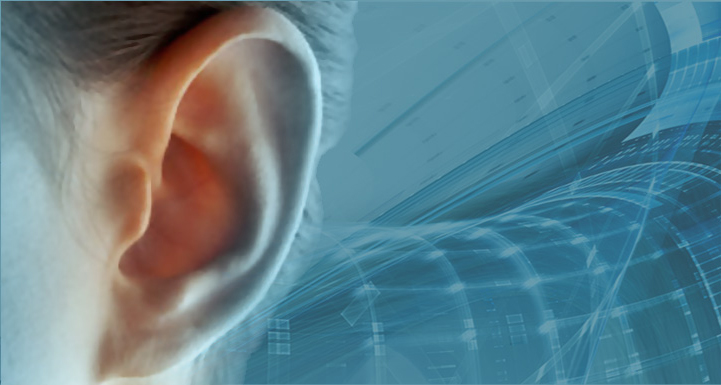
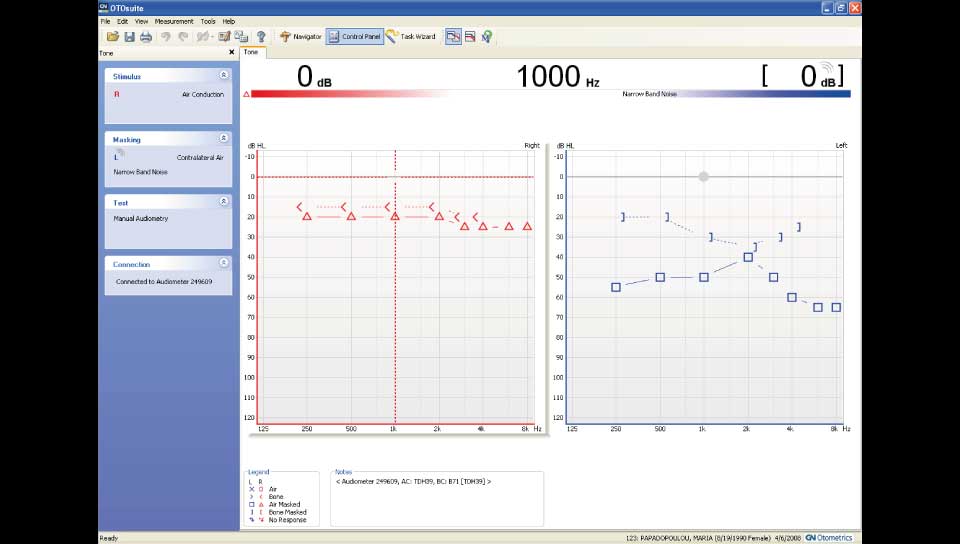
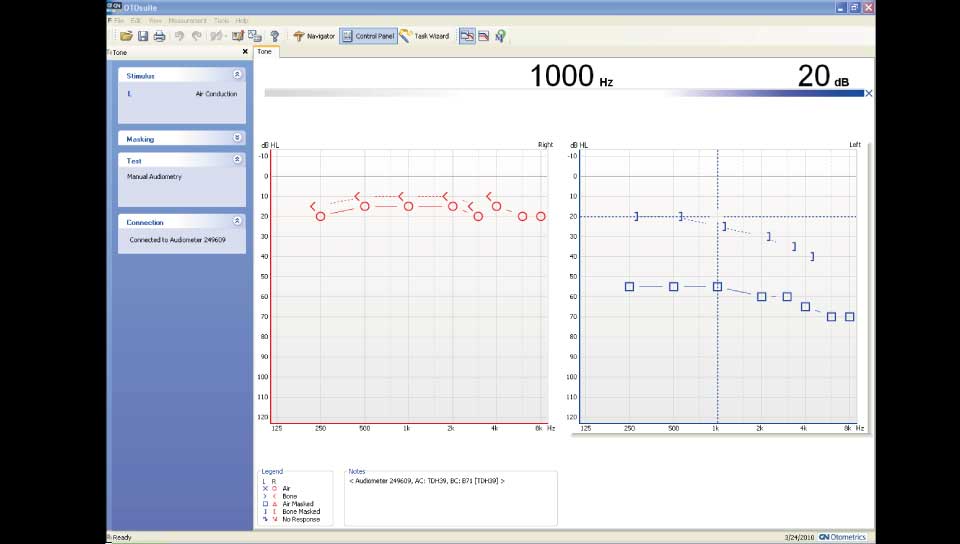

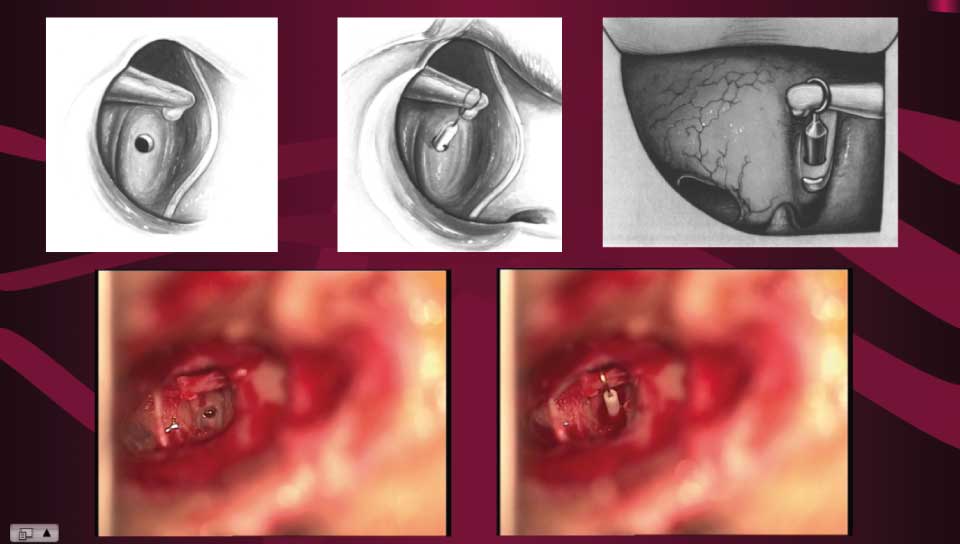
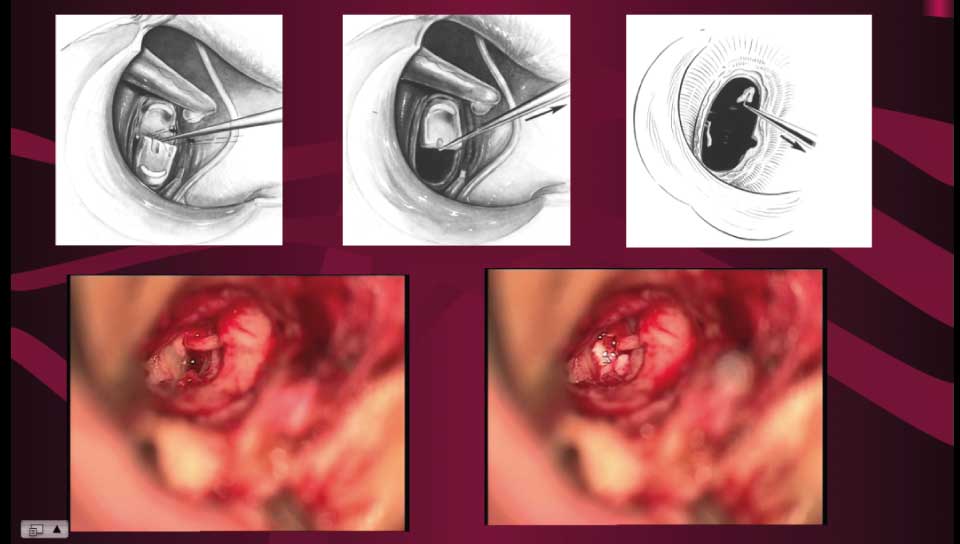
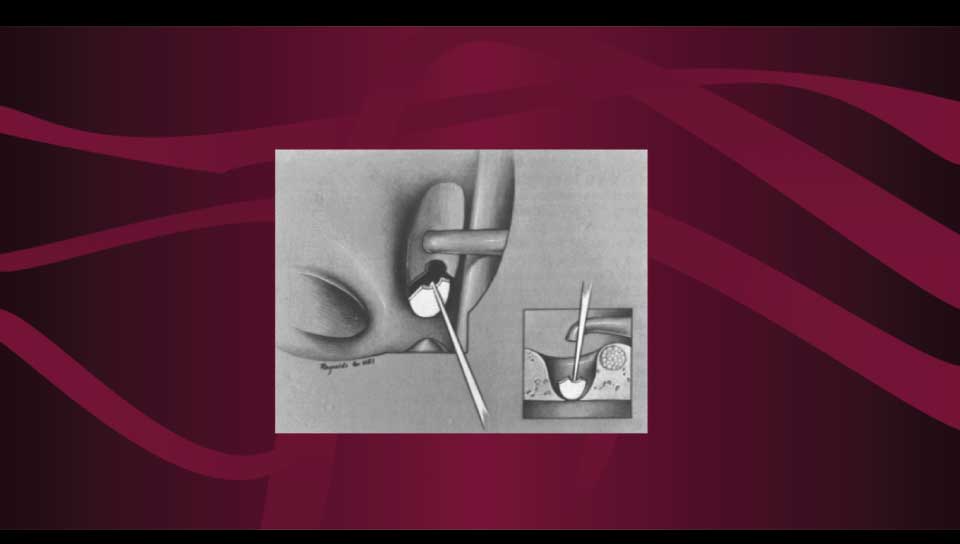
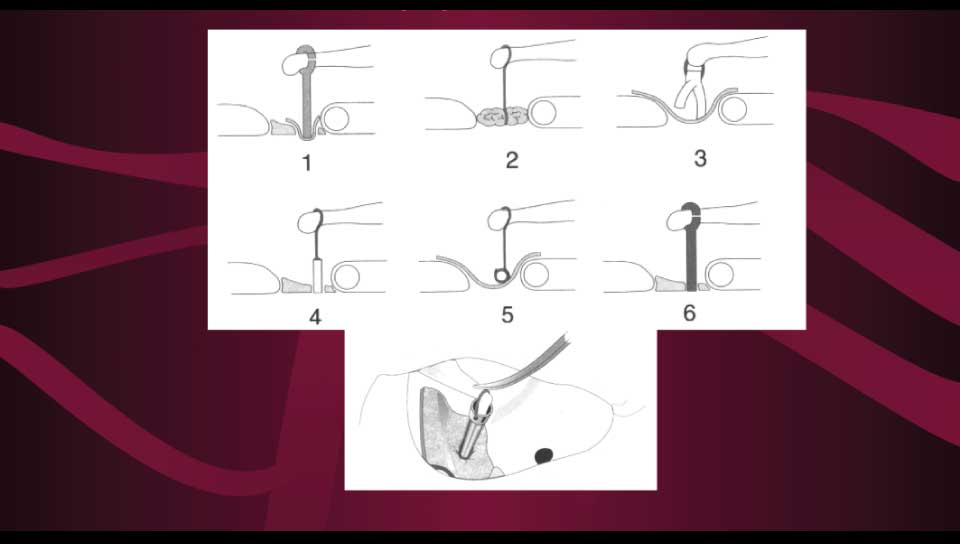









 Press here to download a free QR Reader
Press here to download a free QR Reader



